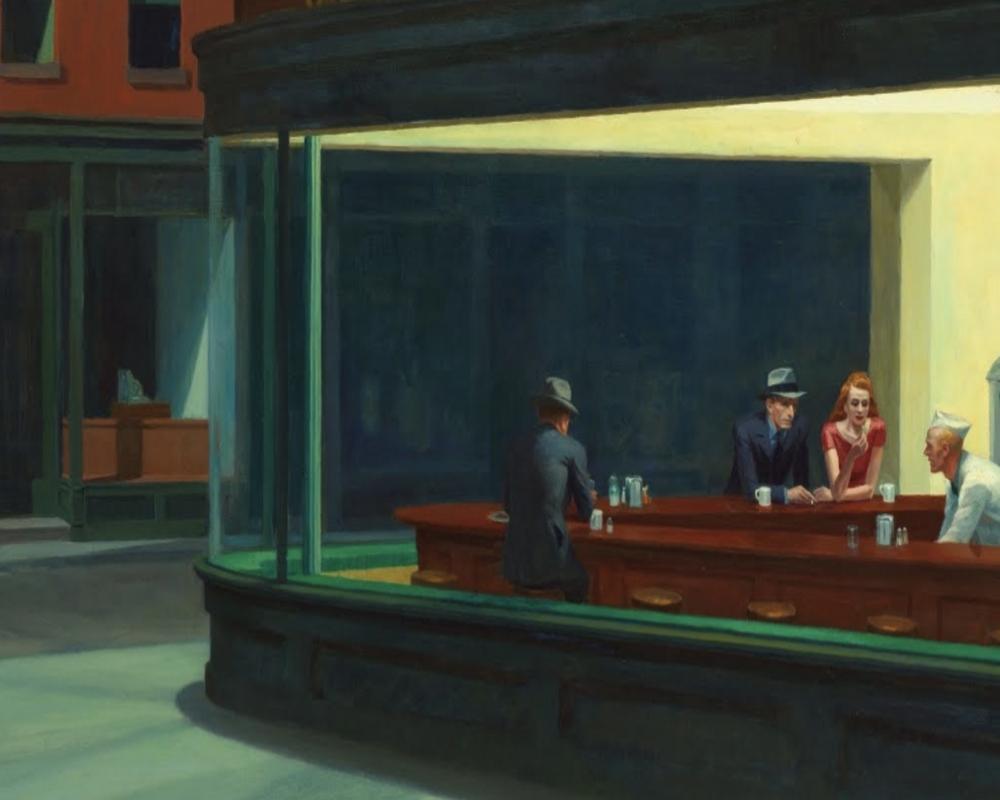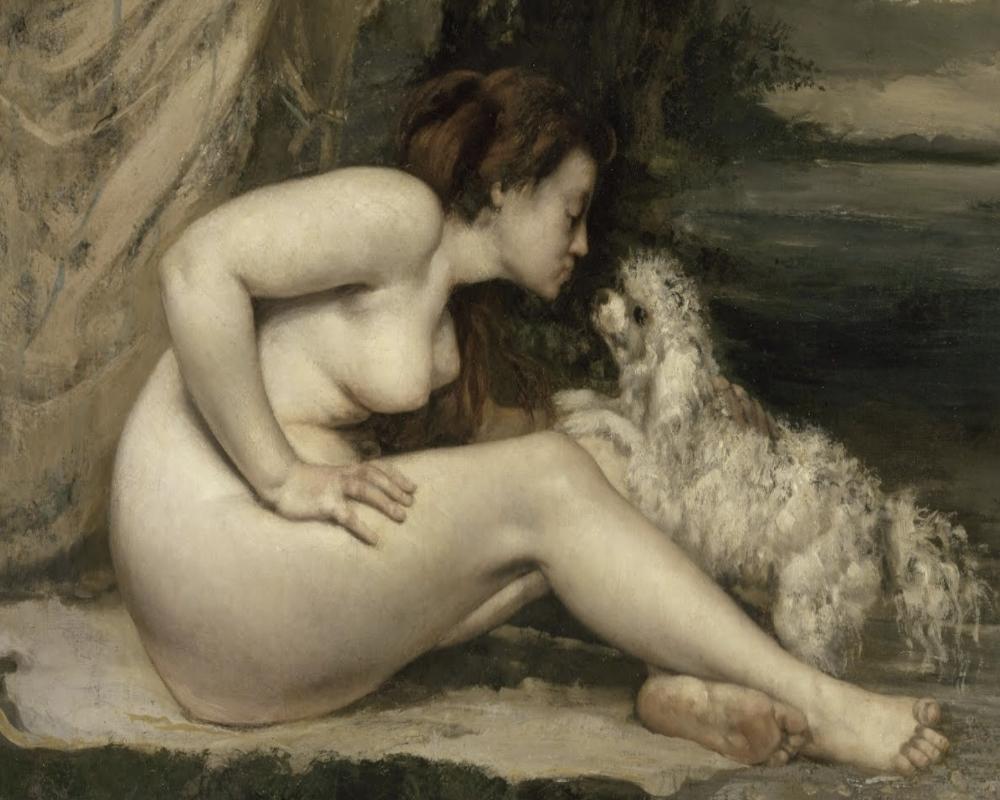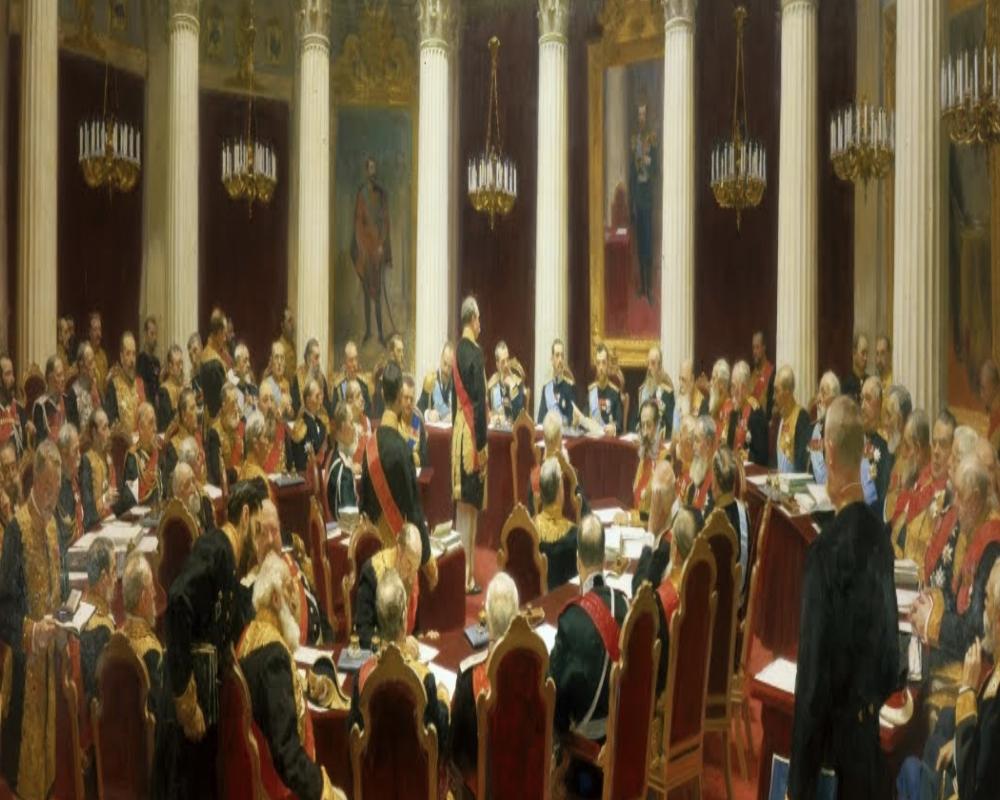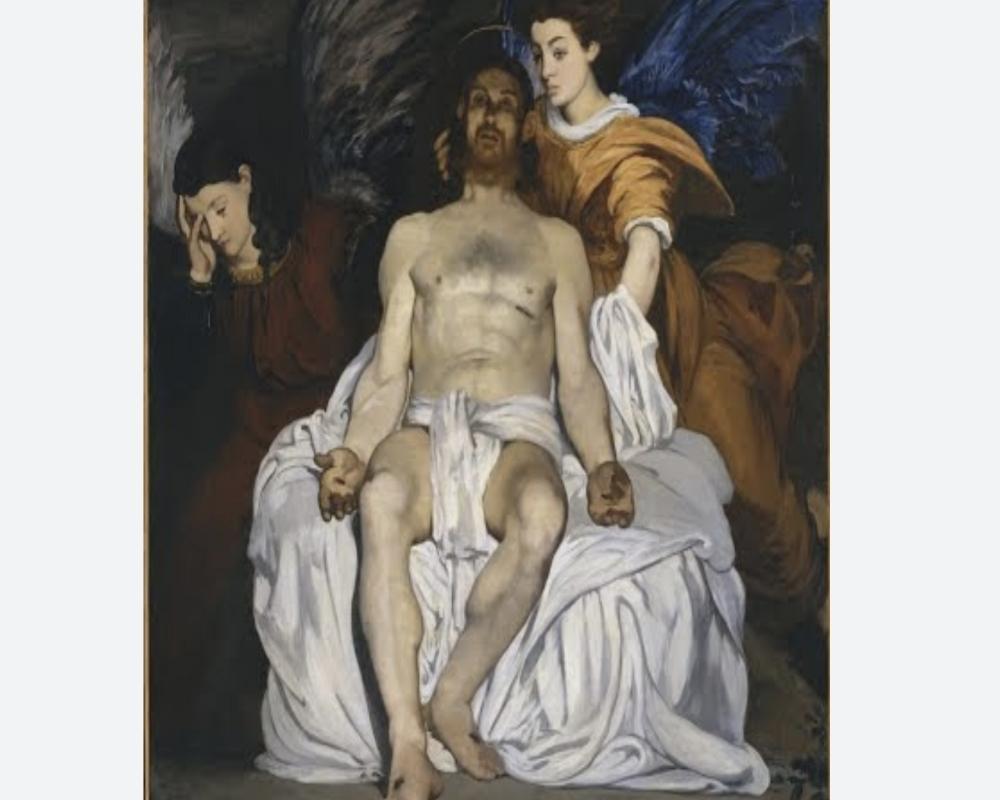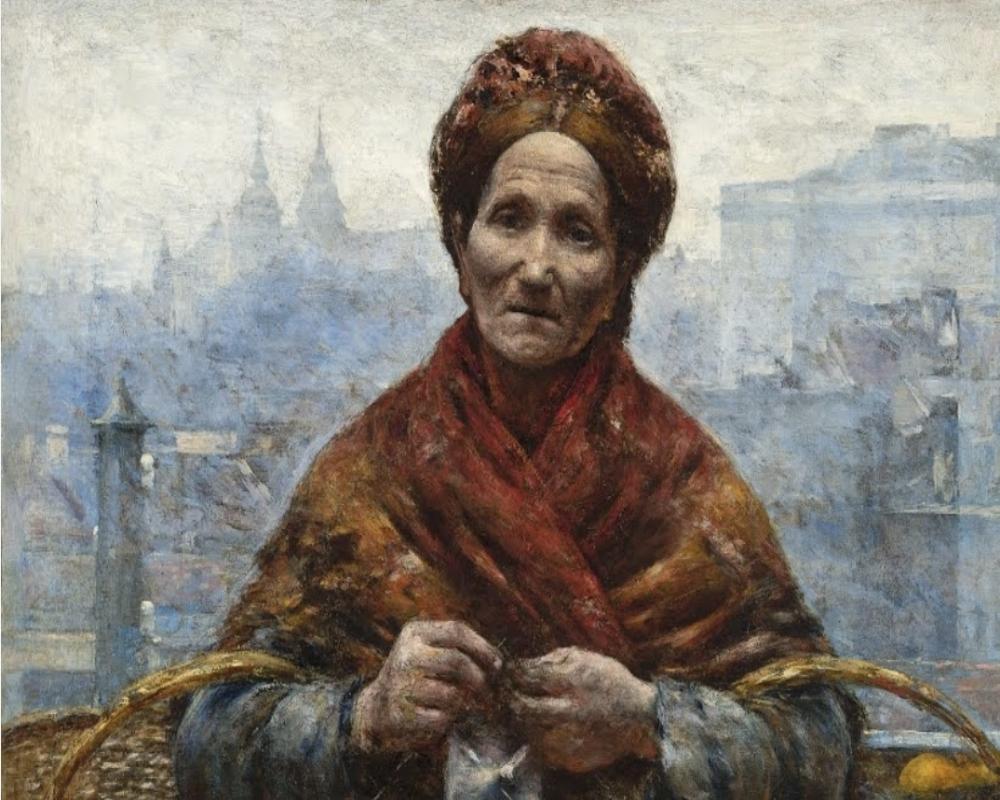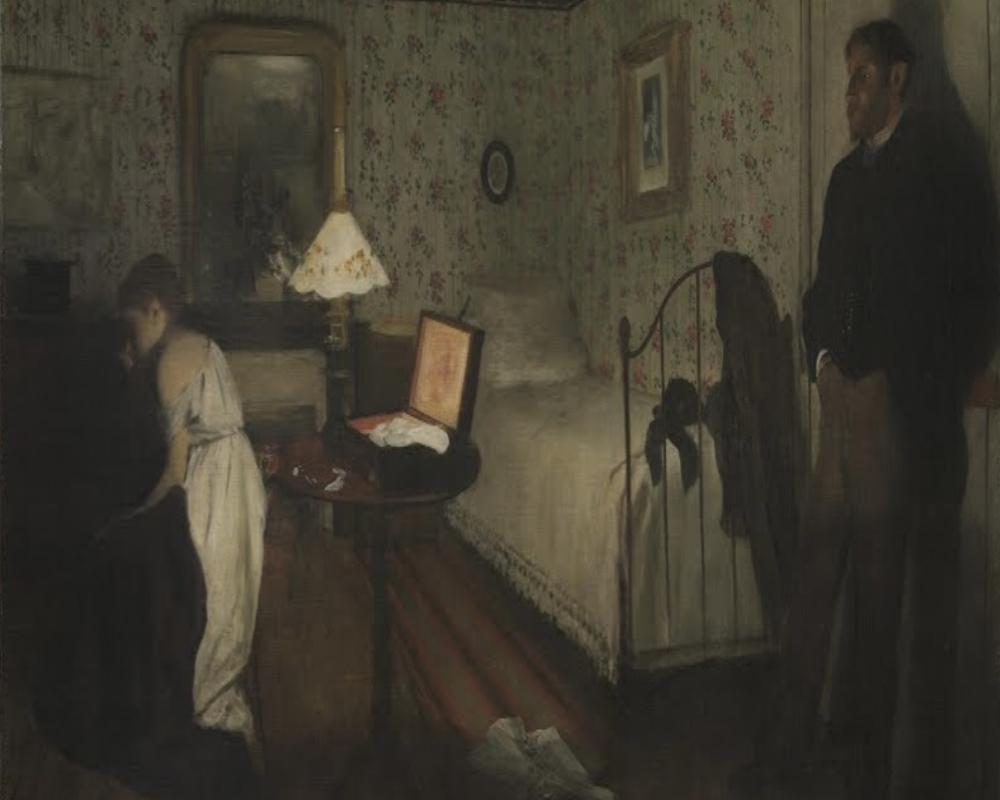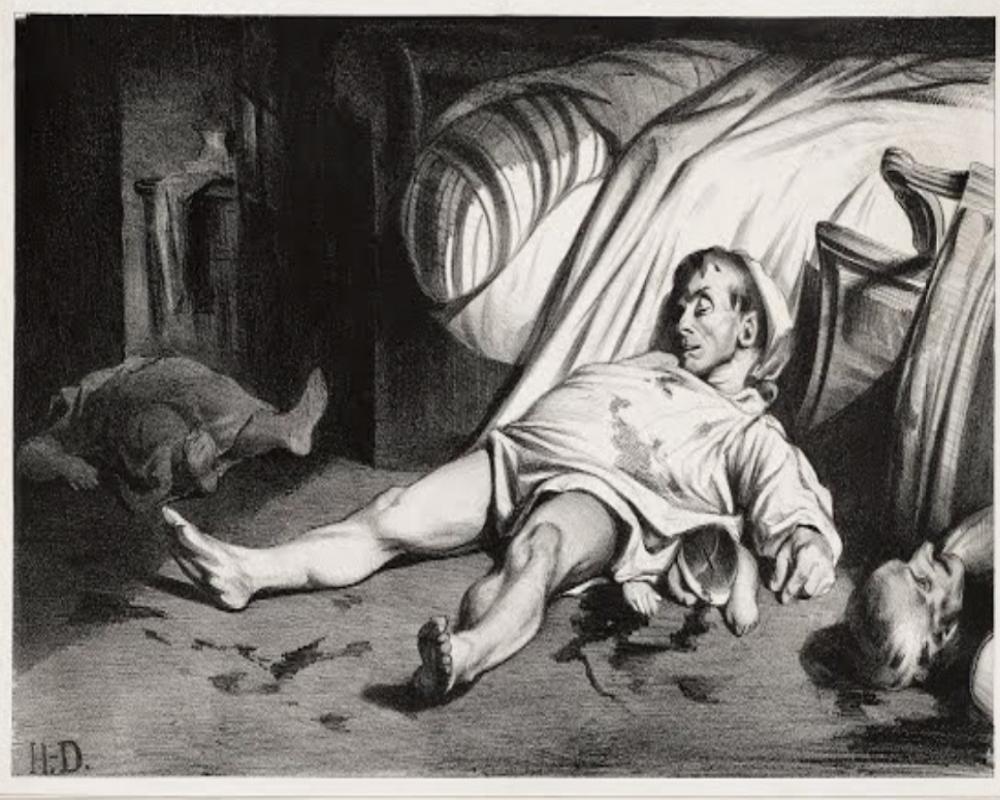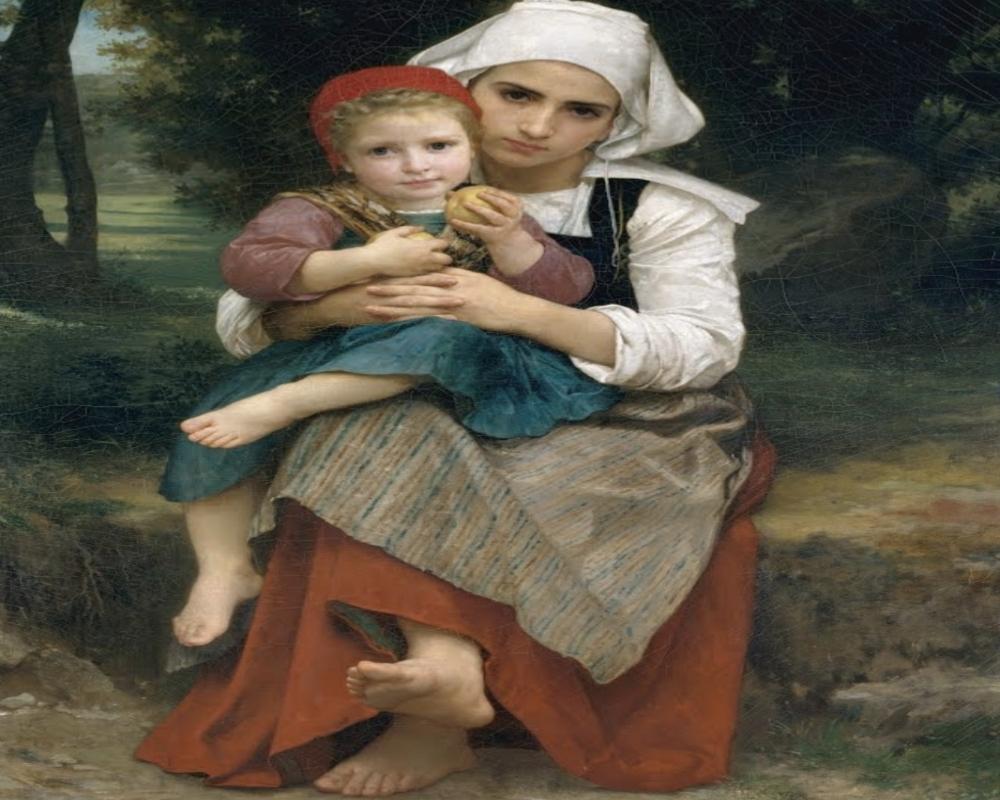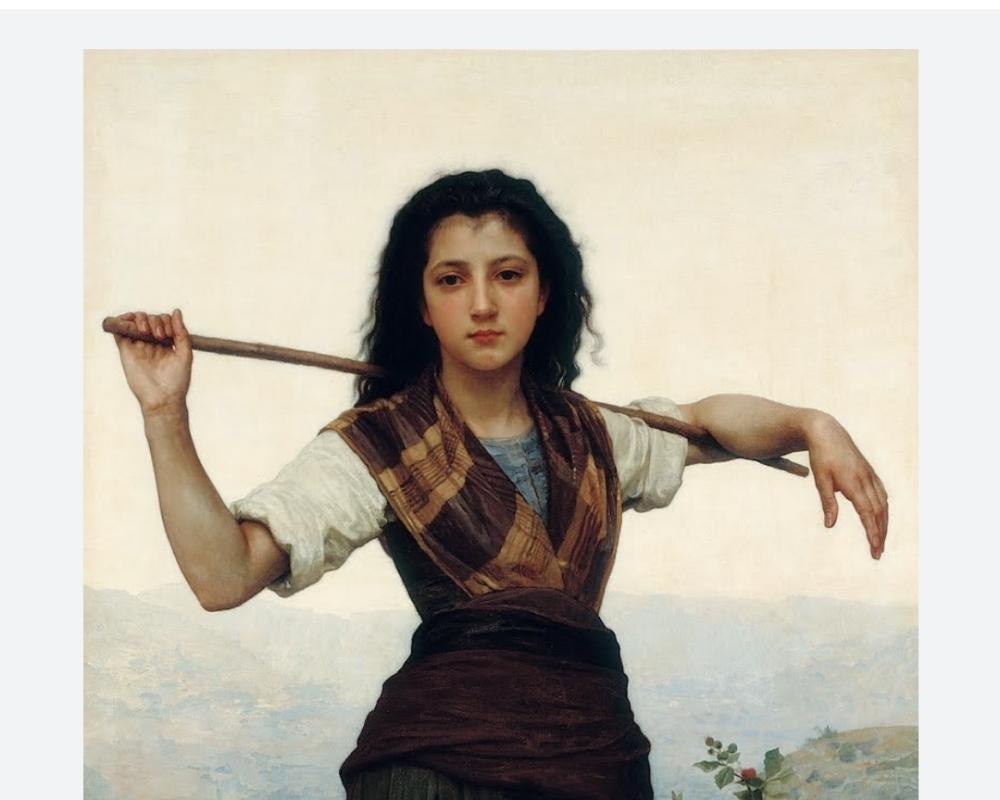Explore the World's Best Ideas
Join today and uncover 100+ curated journeys from 50+ topics. Unlock access to our mobile app with extensive features.
Realism in art and literature
Realism refers to a philosophical and artistic movement that emphasizes the accurate and objective representation of reality. In general, realism seeks to depict things as they are, without idealization or romanticization. Rejecting the past neoclassicism and romantic movements, It emerged as a significant literary and artistic movement in the mid-19th century as am aesthetic reaction, seekimg for showing the world exactly as it is, not idealized and not romanticised.
@Nighthawks _Edward Hopper
7
86 reads
What Is Really Realism?
In the mid to late 19th century that attempted to create objective representations of the outside world. The basis for this was the unbiased observation of contemporary life. Realism was consciously democratic, incorporating into its subjects and audiences activities and social classes previously considered unworthy of high art to depict. The most coherent development of realism is found in French painting, most notably in the work of Gustave Courbet, who used the term réalisme as the title of a manifesto accompanying an exhibition of his work in 1855
@Nude woman with a dog_Gustave Cour
8
54 reads
Focus In Art
In art, realism is characterized by a meticulous representation of visual reality, often with a focus on ordinary subjects, landscapes, and scenes from everyday life. Realist artists strive to capture the nuances of light, color, and form, aiming to create works that are indistinguishable from reality. The followed the Chiaroscuro style to create 3d like life paintings, using shadows and light, Prominent realist painters include Gustave Courbet, Jean-François Millet, and Winslow Homer.
@Ceromonial setting of the state coucol on the 7th of may 1901 marking the centenary of its foundation _ llja
8
48 reads
Key features of the Realism movement
- Accurate Representation
- Everyday Subjects
- Social Critique
- Natural Light
- Rejection of Idealization
- Honesty and Truthfulness
- Influence of Photography
- Attention to Social Class
8
49 reads
Accurate Representation
Realist artists aimed to depict their subjects with utmost accuracy, striving for a faithful portrayal of the visual world. They paid close attention to detail, capturing the textures, forms, and colors of objects and scenes.
@The dead christ with Angels_Eduard Manet
8
42 reads
Everyday Subjects
Realism focused on depicting ordinary, everyday subjects rather than idealized or fantastical themes. Artists often portrayed scenes from everyday life, including landscapes, still life, and genre scenes.
@Jewish woman with oranges_Aleksander Gierymsk
7
36 reads
Social Critique
Realism was not only concerned with representing the visual world faithfully but also sought to reflect the social realities of the time. Many realist artists addressed social issues, such as poverty, inequality, and the working class, in their works, offering a critique of the prevailing social conditions.
@Interior _Edgar Degas
8
34 reads
Natural Light
Realist painters were interested in capturing the effects of natural light on their subjects. They studied the play of light and shadow, aiming to create a sense of depth and three-dimensionality in their paintings.
@Rue Transnonain_Honoré Daumier
8
36 reads
Rejection of Idealization
Realism rejected the romanticized and idealized portrayals that were popular during the preceding Romantic movement. Realist artists aimed to depict their subjects without embellishment, avoiding sentimentality and romantic notions.
@Luncheon on the Grass_ Édouard Manet
8
36 reads
Honesty and Truthfulness
Realism prioritized honesty and truthfulness in artistic representation. The goal was to present the world as it was observed, avoiding idealization or distortion.
@Breton Brother and sister _William Adolph
8
32 reads
Influence of Photography
The emergence of photography during the mid-19th century had a significant impact on Realism. Realist artists often drew inspiration from the qualities of early photographs, which provided a precise and objective record of reality.
@Dempsey and firpo_George Bellows
8
33 reads
Attention to Social Class
Realist artists often portrayed people from different social classes, offering a glimpse into their lives and experiences. They sought to provide a realistic portrayal of the struggles, challenges, and dynamics of various social groups.
@The little stepherdess_ William Adolph
8
32 reads
Laders and notable artists associated with Realism
The Realism movement in art was comprised of various influential figures who played significant roles in shaping and defining the movement, among them are:
Gustave Courbet (1819-1877): Considered one of the pioneers and leading figures of Realism, Courbet's works challenged the artistic conventions of his time. His paintings, such as "The Stone Breakers" and "A Burial at Ornans," emphasized everyday subjects and social realities, making him a central figure in the development of Realism.
8
29 reads
Jean-François Millet (1814-1875)
Millet was known for his depictions of rural life and the working class. His paintings, such as "The Gleaners" and "The Angelus," captured the dignity and hardships of peasant life, highlighting the social and economic
8
27 reads
Honoré Daumier (1808-1879)
Daumier was a French painter, sculptor, and printmaker renowned for his social and political satires. His drawings and lithographs, often featuring caricatures, critiqued the bourgeoisie, politicians, and social injustices of 19th-century France.
8
27 reads
Édouard Manet (1832-1883)
Manet, though associated with Impressionism, is considered a precursor to Realism due to his rejection of idealized representations. His paintings, such as "Olympia" and "The Luncheon on the Grass," challenged academic norms and depicted contemporary subjects with a directness and realism that aligned with the Realist spirit.
8
24 reads
Winslow Homer (1836-1910)
Homer, an American artist, is known for his realistic depictions of American life, particularly landscapes and marine scenes. His works, such as "The Gulf Stream" and "Breezing Up," showcased the ruggedness of nature and the resilience of everyday people.
8
25 reads
Thomas Eakins (1844-1916)
Eakins was an American painter known for his realistic portraits and scenes of everyday life. His works, like "The Gross Clinic" and "The Swimming Hole," captured the human form and ordinary activities with meticulous detail and psychological insight.
8
28 reads
IDEAS CURATED BY
CURATOR'S NOTE
When art learned to be more realistic
“
Similar ideas
Read & Learn
20x Faster
without
deepstash
with
deepstash
with
deepstash
Personalized microlearning
—
100+ Learning Journeys
—
Access to 200,000+ ideas
—
Access to the mobile app
—
Unlimited idea saving
—
—
Unlimited history
—
—
Unlimited listening to ideas
—
—
Downloading & offline access
—
—
Supercharge your mind with one idea per day
Enter your email and spend 1 minute every day to learn something new.
I agree to receive email updates

